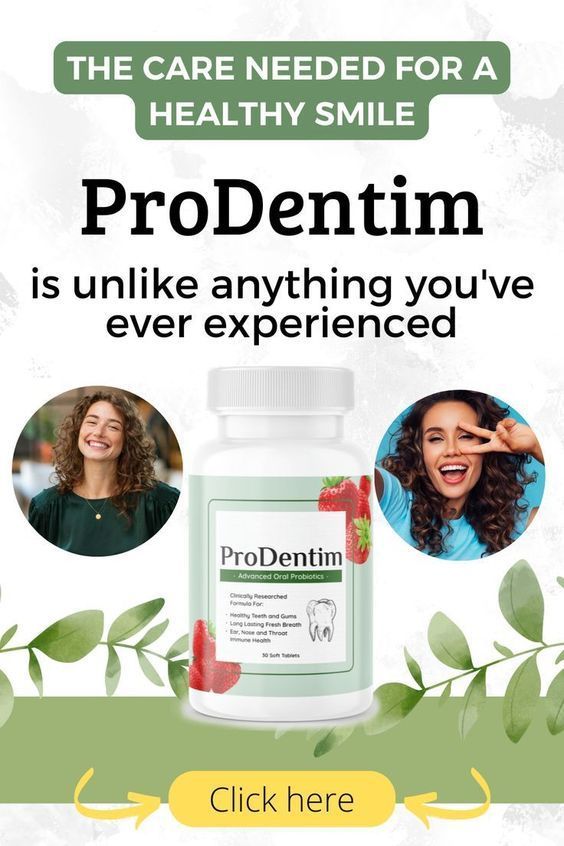Tooth decay, often referred to as cavities or dental caries, is a common dental problem affecting people of all ages. It occurs when the enamel of the teeth is damaged by acids produced by bacteria in the mouth. These acids are typically a byproduct of the breakdown of sugars and starches from the food and drinks we consume. If left untreated, tooth decay can lead to pain, infection, and even tooth loss. Fortunately, tooth decay is preventable with the right care and habits. Here’s a detailed guide on how to prevent tooth decay and maintain a healthy smile.

Understanding Tooth Decay
Tooth decay begins with plaque, a sticky film of bacteria that forms on teeth. When you consume sugary or starchy foods, the bacteria in plaque produce acids that attack tooth enamel. Over time, repeated acid attacks weaken the enamel, leading to the formation of cavities. Factors such as poor oral hygiene, frequent snacking, and consuming sugary drinks can accelerate the process.
Effective Ways to Prevent Tooth Decay
1. Brush Your Teeth Properly
Brushing your teeth twice a day is one of the most effective ways to prevent tooth decay. Use a fluoride toothpaste and a soft-bristled toothbrush to clean all surfaces of your teeth thoroughly. Ensure you brush for at least two minutes, reaching every corner of your mouth.
2. Don’t Forget to Floss
Flossing daily removes food particles and plaque from between your teeth and under the gumline, areas that a toothbrush cannot reach. Regular flossing helps reduce the risk of cavities and gum disease.
3. Use Fluoride
Fluoride strengthens tooth enamel and makes it more resistant to acid attacks. Use fluoride toothpaste and rinse with a fluoride mouthwash if recommended by your dentist. In some areas, drinking tap water that contains fluoride can also help.
4. Maintain a Healthy Diet
A balanced diet is essential for healthy teeth. Limit your intake of sugary and acidic foods and beverages, as they contribute to tooth decay. Instead, focus on eating calcium-rich foods like cheese, yogurt, and leafy greens, which strengthen teeth, and fibrous foods like apples and carrots, which help clean teeth naturally.
5. Stay Hydrated
Drinking plenty of water helps wash away food particles and bacteria, reducing the risk of tooth decay. If your local water supply is fluoridated, it also provides additional protection for your teeth.
6. Chew Sugar-Free Gum
Chewing sugar-free gum stimulates saliva production, which helps neutralize acids, strengthen enamel, and remove food particles from your teeth. Look for gum that contains xylitol, a natural sweetener known to reduce the growth of cavity-causing bacteria.
7. Visit Your Dentist Regularly
Regular dental check-ups and professional cleanings are crucial in preventing tooth decay. Your dentist can identify early signs of decay and provide treatments like fluoride applications or dental sealants to protect your teeth.
Additional Tips for Specific Groups
For Children
- Begin dental care early: Start cleaning your child’s teeth as soon as they appear.
- Use fluoride toothpaste: For children under three, use a smear of fluoride toothpaste the size of a grain of rice; for older children, use a pea-sized amount.
- Encourage healthy habits: Teach children to brush and floss regularly and limit sugary snacks.
For Adults
- Address dry mouth: Certain medications and conditions can reduce saliva flow, increasing the risk of tooth decay. Stay hydrated and consult your dentist for treatments to manage dry mouth.
- Consider sealants: Dental sealants are a protective coating applied to the chewing surfaces of molars to prevent cavities.
For Seniors
- Manage dental restorations: Keep bridges, dentures, and other restorations clean to prevent plaque buildup.
- Monitor health conditions: Conditions like diabetes can increase the risk of tooth decay, so maintaining overall health is vital.
Myths About Tooth Decay Prevention
- Only sugar causes tooth decay: While sugar is a significant contributor, starchy foods like bread and pasta can also lead to decay.
- You don’t need to see a dentist if your teeth feel fine: Regular check-ups are essential to catch problems early, even if you’re not experiencing pain or discomfort.
- Brushing harder cleans better: Brushing too hard can damage enamel and irritate gums. Use gentle, circular motions instead.
The Role of Technology in Preventing Tooth Decay
Modern technology has introduced innovative tools to enhance oral hygiene. Electric toothbrushes with timers ensure you brush for the recommended duration, and water flossers provide an effective alternative to traditional flossing. Additionally, dental apps can help track your oral care routine and send reminders for brushing and flossing.
What to Do If You Suspect Tooth Decay
If you notice signs of tooth decay, such as tooth sensitivity, pain, or visible holes in your teeth, consult your dentist immediately. Early intervention can prevent further damage and save the affected tooth. Treatments may include fillings, crowns, or root canals, depending on the severity of the decay.
Final Thoughts
Preventing tooth decay is a lifelong commitment that requires consistent oral hygiene, a healthy diet, and regular dental care. By following these tips on how to prevent tooth decay, you can maintain strong, healthy teeth and avoid the discomfort and expense of dental treatments. Remember, a healthy smile starts with daily care and professional guidance, so prioritize your oral health today!
AL|Alabama AK|Alaska AZ|Arizona AR|Arkansas CA|California CO|Colorado CT|Connecticut DE|Delaware FL|Florida GA|Georgia HI|Hawaii ID|Idaho IL|Illinois IN|Indiana IA|Iowa KS|Kansas KY|Kentucky LA|Louisiana ME|Maine MD|Maryland MA|Massachusetts MI|Michigan MN|Minnesota MS|Mississippi MO|Missouri MT|Montana NE|Nebraska NV|Nevada NH|New Hampshire NJ|New Jersey NM|New Mexico NY|New York NC|North Carolina ND|North Dakota OH|Ohio OK|Oklahoma OR|Oregon PA|Pennsylvania RI|Rhode Island SC|South Carolina SD|South Dakota TN|Tennessee TX|Texas UT|Utah VT|Vermont VA|Virginia WA|Washington WV|West Virginia WI|Wisconsin WY|Wyoming DC|District of Columbia AS|American Samoa GU|Guam MP|Northern Mariana Islands PR|Puerto Rico UM|United States Minor Outlying Islands VI|Virgin Islands, U.S.